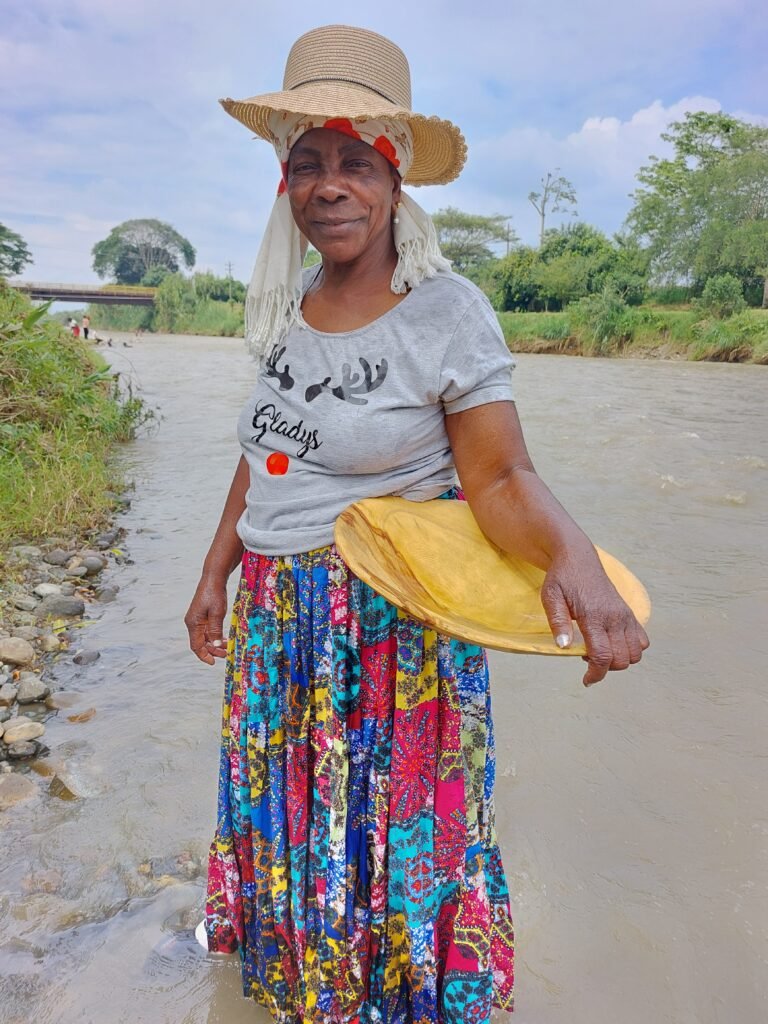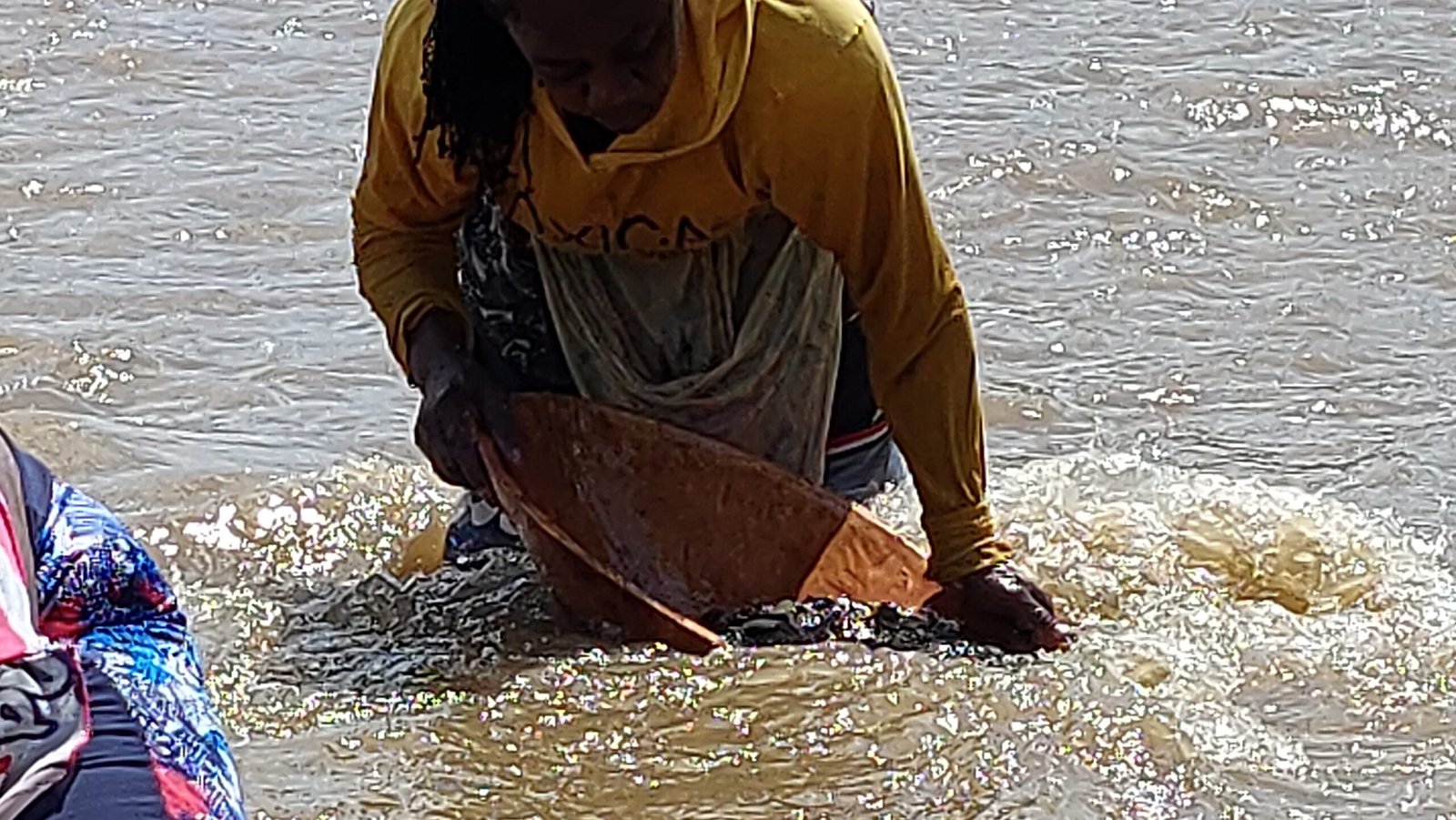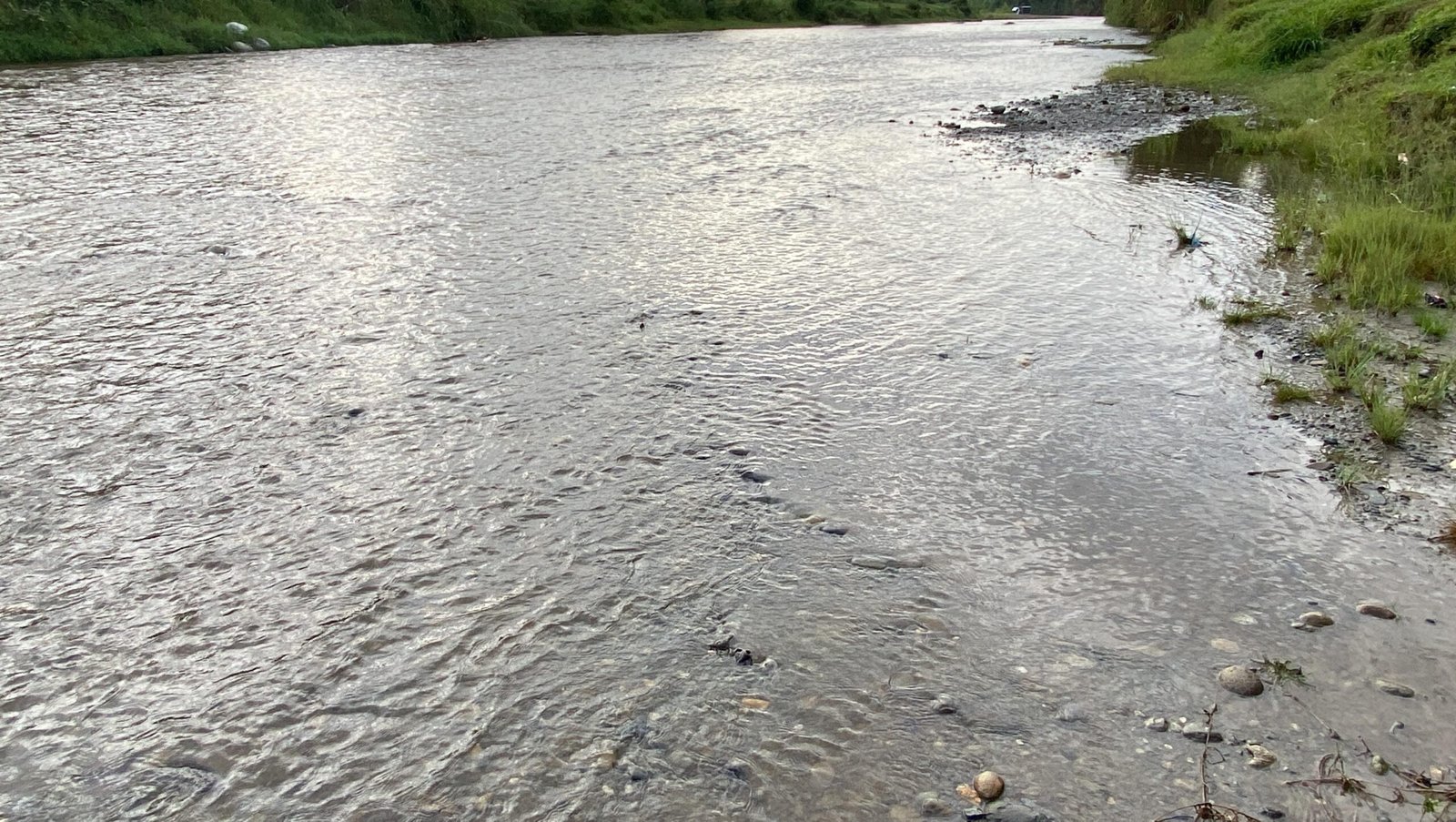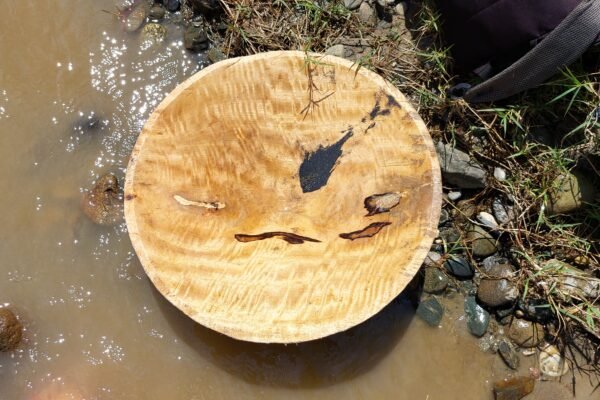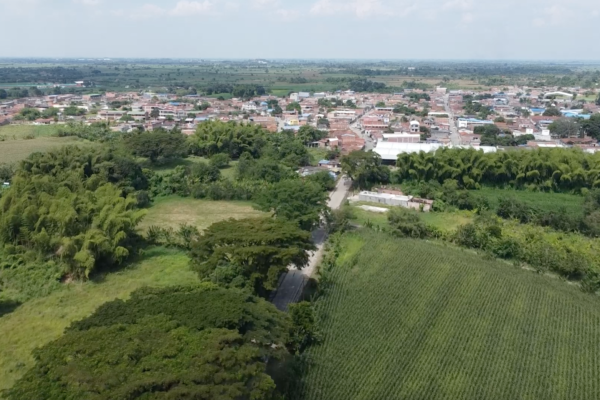Welcome to our digital portal dedicated to celebrating the vibrant culture and invaluable contributions of Tambadoras. This website showcases their rich heritage, artisanal mining practices, and unwavering resilience.
TAMBADORAS are a remarkable group of Afro-Colombian women from Guachané, a town located in the Cauca department of Colombia's Pacific Region. As skilled artisanal gold miners, they honour their ancestor's legacy by safeguarding and sharing traditional mining practices with younger generations. Tamabdoras embody a solid and profound commitment to their community and a deep connection to the land and waterways of their region
This portal aims to bridge the gap between traditions and contemporary realities, offering insights into the lives and experiences of Tambadoras. By sharing their stories, we seek to foster understanding and solidarity with this community and support the preservation of their cultural heritage
Inspiring action and collaboration We invite you to explore, learn, and engage with Tambadoras’ journey of resilience and empowerment. Together, let’s celebrate their achievements,
honor their heritage, and inspire positive change in our global
community.
Tambadoras
Transmission of Embodied Knowledge and Collaboration
The following videos showcase how Tambadoras teach younger generations to mine the Palo River in the same way their ancestors taught them. By teaching younger generations they maintain artisanal mining practices and traditions alive.
While Tambadoras in Guachené are single mothers and struggle to make a living, they share their knowledge to encourage other members of the community to join them in practicing sustainable mining. In doing so, they also teach them how to gain economic independence.
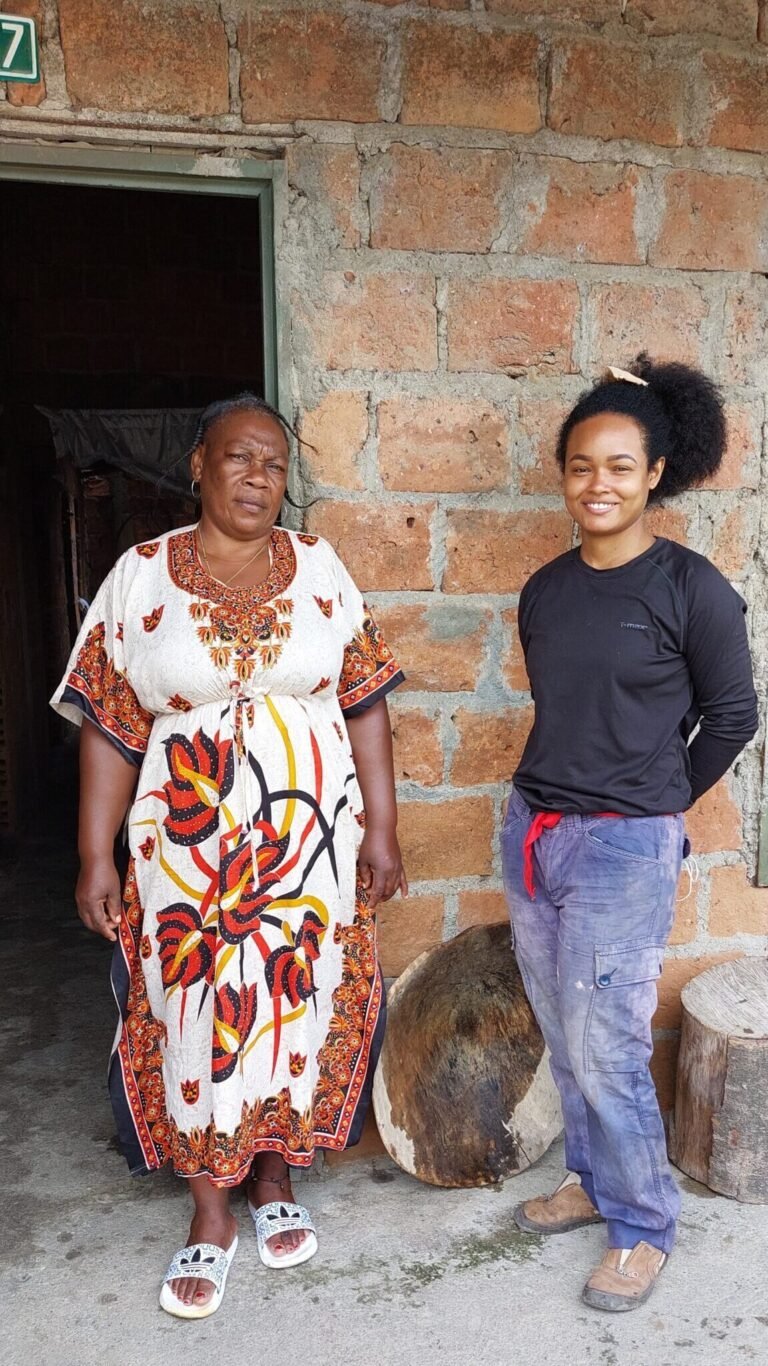


The Palo River
History Resources and Traditions
The Palo River holds historical significance to the people from Guachené since the colonial period when former slaves used it as an escape route to establish independent communities.
To learn more click on the left or right arrow
It is a source of gold and other natural resources like gravel used to build housing structures in the community since the middle of the 20th century when traditional mud houses were replaced for ones build with brick and cement.
The Palo Rivera is also a place for comunal recreation and traditions. Members of our community enjoy bathing in its waters and gathering to prepare and share the “Sanchocho de Olla,” a regional soup made with plantains, potatoes, cassava, sweet corn, green onions, and a type of meet (chicken, beef, pork, or fish) seasoned with herbs like cilantro and cimarrón.
Previous slide
Next slide
Palo River Water's Sound
Dancing with the Palo River
(Tambadoras' video documentary)
Colombian Artisanal Gold Mining
